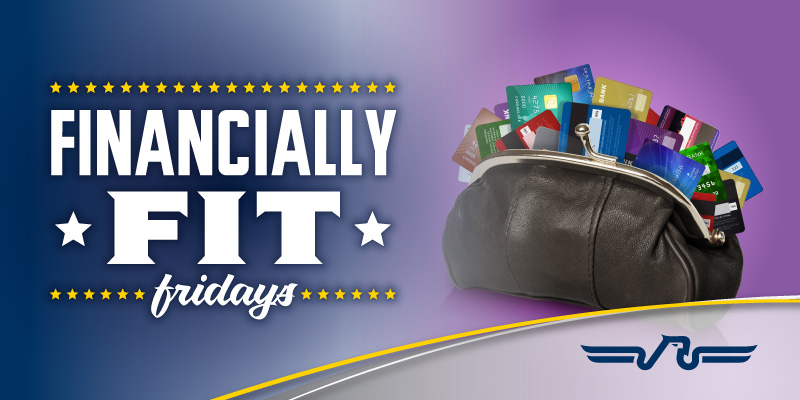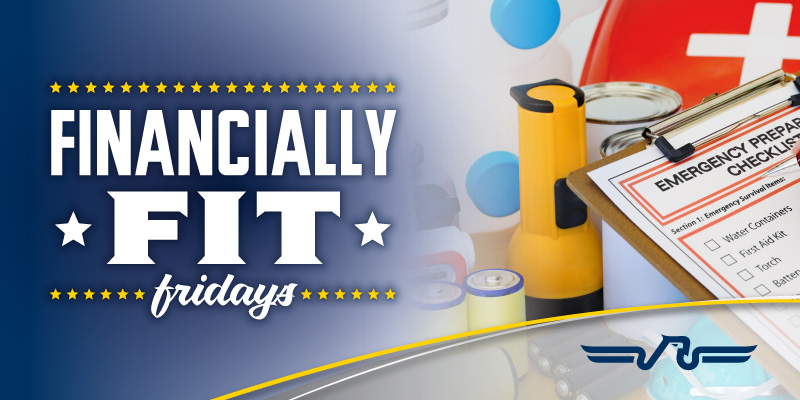Believe it or not, there are some people who have their Halloween costume picked out before the Fourth of July. For others, finding something spooky to wear is a last-minute scramble on the afternoon of October 31. If you’re reading this, it’s probably because you’re one of the latter and you need some quick inspiration. Here are some ideas for easy DIY costumes you can make on a budget.
Swamp Creature
Buy some inexpensive green and black plastic tablecloths from your local dollar store. Slice them into strips to wear on your head, shoulders & waist to become a mossy monster. Hey, we told you these costumes were going to be cheap!
Gumball Machine
Cut holes in large, clear plastic bag for your head and arms. Fill the bag with a bunch of brightly colored balloons and then cinch the bottom of the bag at your waist. Wear a long red skirt or pants for added effect. You could also use smaller balloons and become a bag of jelly beans.
Wanted Poster
Take a large piece of cardboard and cut out a large square in the middle. Write WANTED in thick western-style letters on top & your name and whatever you think the reward for your capture should be at the bottom. When someone asks about your costume, hold up the sign and pose behind it.
Flashback
Raid old boxes of clothes lying around your parents’ basement. Find a goofy outfit from the 60s, 70s or 80s or 90s, depending on how old your parents are and dress up as one of them. Or dig out some of your favorite old clothes and go as yourself in the past.
Flash Forward
If you’re not a parent, show people what you would look like if you were. Find a doll or two and borrow a baby carrier, car seat or stroller. Throw a diaper bag over your shoulder. Mess up your hair a bit and use some eyeliner to create dark circles around your sleep-deprived eyes. Add nametags on your fake children if you’re feeling inspired.
Time Zone
Use a marker to write the name of a time zone, such as Central or Pacific, on the back of a T-shirt. Buy a cheap clock, set the dial accordingly, hang it around your neck. If you have a group of friends, you could all dress up as the six U.S. zones.
The Other Holiday
Pull your Christmas decorations out early and wrap yourself in tinsel & lights. Put a star on your head—you are now a Christmas tree. Or find a large box, wrap it like a yuletide gift and make room for your head, arms and legs. You can even hang a tag from the festive box that reads, TOO SOON?










